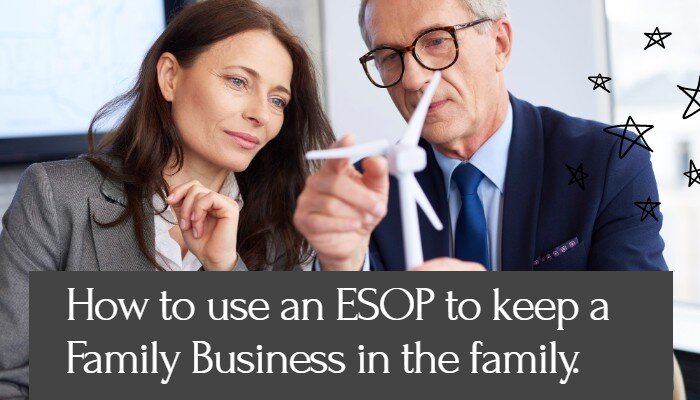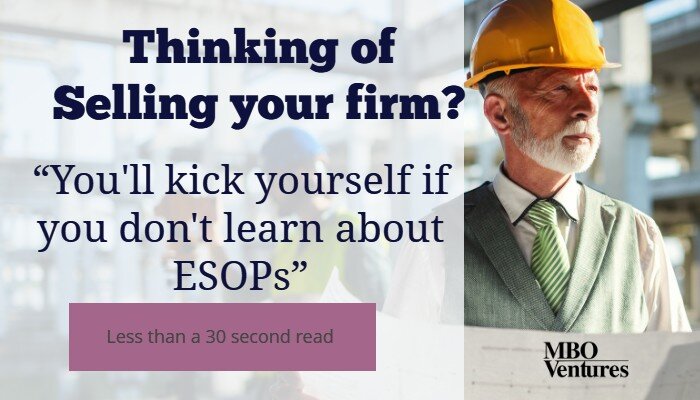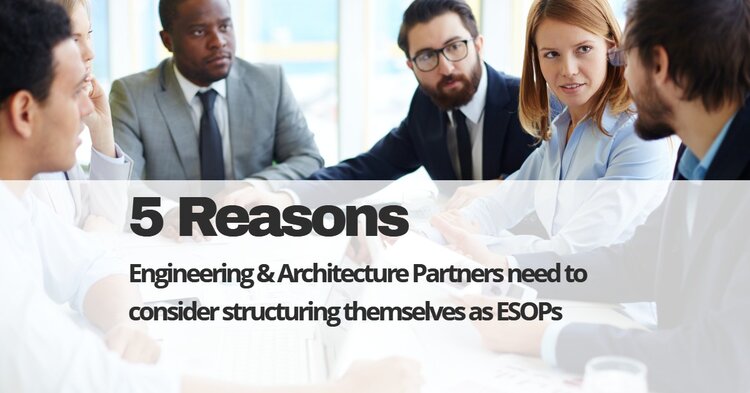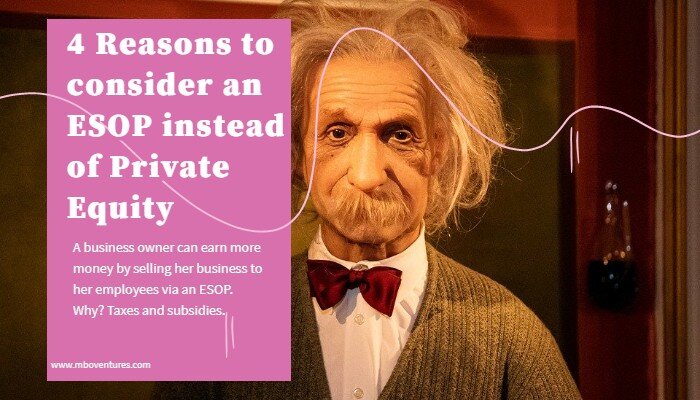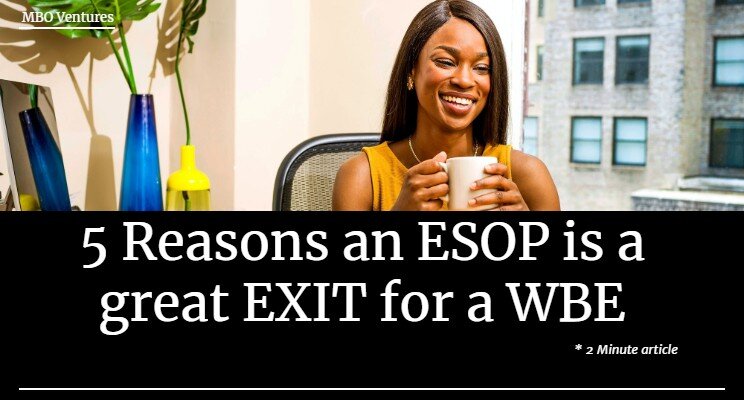Cannabis companies can use this to circumnavigate 280E.
MBO Ventures has completed the first-ever cannabis employee stock ownership plan (ESOP). The development marks a significant stride in providing a transformative solution for plant-touching cannabis businesses grappling with the challenges posed by Section 280E.

Section 280E of the Internal Revenue Code prohibits cannabis businesses from deducting ordinary business expenses on their income tax statements. MBO, through its patent-pending ESOP methodology, has successfully neutralized the impact of 280E for three cannabis firms, including multi-state operator Theory Wellness.
The achievement was spearheaded by Darren Gleeman, managing partner of MBO Ventures. Gleeman says, “By neutralizing the impact of 280E, we empower plant-touching operators to thrive and contribute to the industry’s growth.”
Through the ESOP structure, MBO Ventures provides a viable solution for cannabis businesses to navigate the challenges posed by 280E, enabling them to optimize financial performance and pave the way for sustainable growth while financially empowering their employees.



